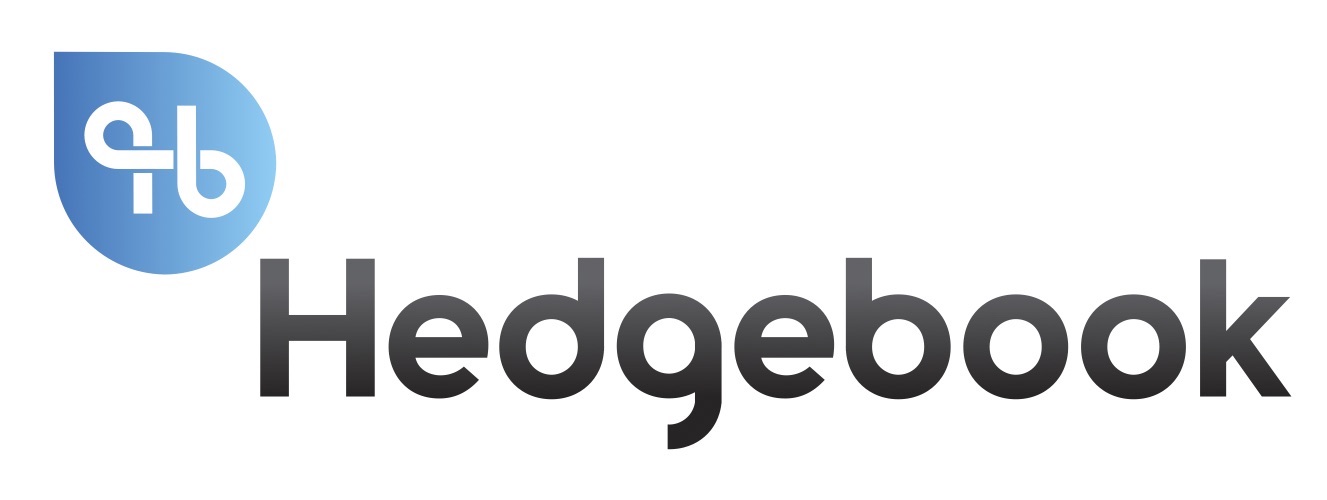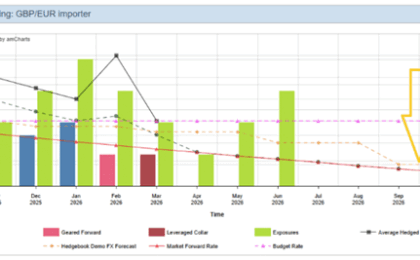Periodically, financial markets encounter higher than normal volatility due to external shocks. Trump’s tariffs are the most recent such shock. Currencies, stocks, bonds and commodities have all reacted strongly one-way or another – and back again.
Although the cause of the volatility may be different, we have observed the usual play book from our importing and exporting clients when reacting to higher than usual FX market movements.
1. Checking the mark-to-market on existing FX contracts
Movements in exchange rates will impact the valuation of existing hedging contracts–whether they be forwards or options. For exporters, a weakening of their home currency will have a negative impact on the valuation of existing contracts that are hedging overseas earnings. Ironically, this can limit the opportunity to enter new hedging just at a time when attractive rates are presenting themselves. Negative valuations can eat into the credit limits a company has with its bank/FX broker and negatively impact how much new hedging can be transacted. Depending on the credit arrangement, your counterparty may ask you to post more collateral to cover out-of-the-money hedging positions. It is important to know what your mark-to-market is on existing trades. We have observed Hedgebook’s valuation reports being accessed with greater frequency over recent days and weeks including the sensitivity report which calculates the mark-to-market under hypothetical exchange rate movements.
2. Scenario analysis on foreign currency cashflows
Hedgebook’s FX Exposure Tool is being utilised extensively currently as it is designed to quickly review the current hedging position based on the foreign currency cashflow forecasts. Of course, now is a great time to review those cashflow forecasts and stress test against alternative scenarios. What if your foreign cashflows are higher e.g. rising import costs, or lower due to declining overseas sales? If the cashflow forecasts change then additional hedging might be required, or you may no longer be in policy. Indeed, the outcome maybe an over hedged position which may require pushing existing hedging further out or closing out the trades (you’ll want to know your mark-to-market first to avoid, or minimise, crystalising realised losses).
3. Stress testing hypothetical FX exchange rate scenarios
We can see the FX Exposure Tool is being accessed frequently to review hedged positions and understand the impact on budget rates, P&L and FX risk control/policy limits when flexing FX rates. Running exchange rate scenario analyses can be done quickly and accurately in the FX Exposure Tool. For those that have leveraged options or structured options with path dependent components, the FX Exposure Tool analytics are invaluable for confidently understanding potential outcomes. Volatile periods such as these are a good test of FX risk management and treasury policies.
Know your mark-to-market and your hedging position, review/confirm your cashflow forecasts, perform what-if scenarios on your cashflow forecasts and future exchange rates.
You will then be able to keep calm and carry on for sure.
And if you haven’t done so already – be sure to check out the FX Exposure Tool and if you’re new to Hedgebook, our eBook on FX Risk Management may also be a useful read.





